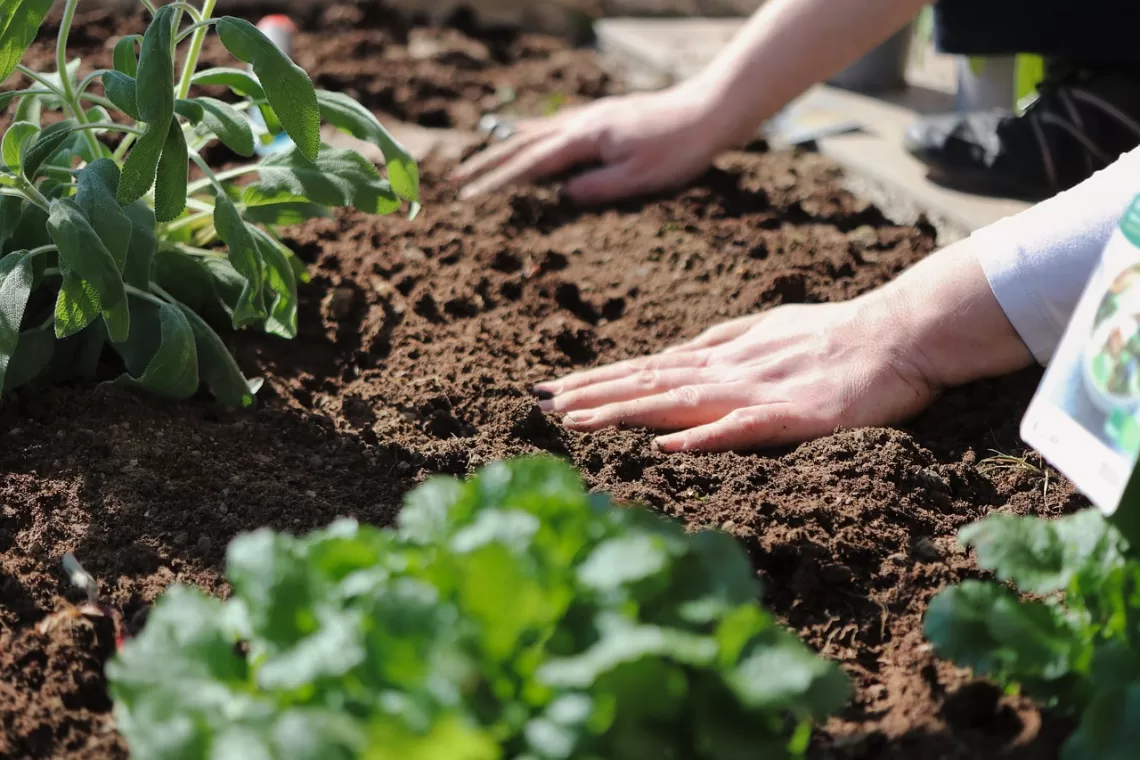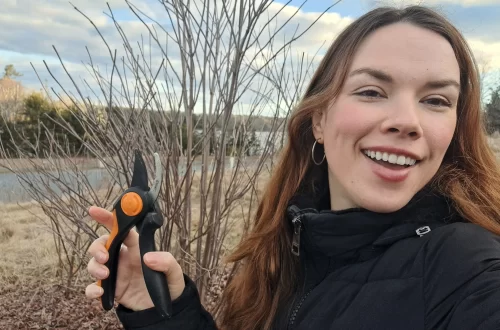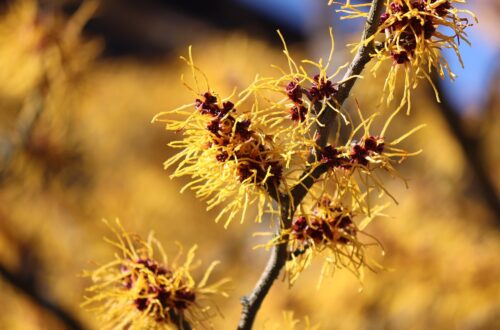Find the best soil amendment to improve drainage and aeration in potted plants and gardens too!
If you browse the shelves of your local garden center, you’ll find an array of different soil amendments lined up in neat rows, their colorful bags and boxes promising healthier plants and richer soil. Some amendments, like compost and worm castings, can be used to boost soil fertility and improve soil structure, but other soil amendments are handy for increasing drainage, enhancing water retention and aerating plant roots. In this guide, I’ll introduce you to three soil amendments that you may have never worked with before — perlite, vermiculite and biochar — and help you find the best soil amendment to use on potted plants and gardens!
Affiliate disclosure: As an Amazon Associate, I may earn commissions from qualifying purchases.
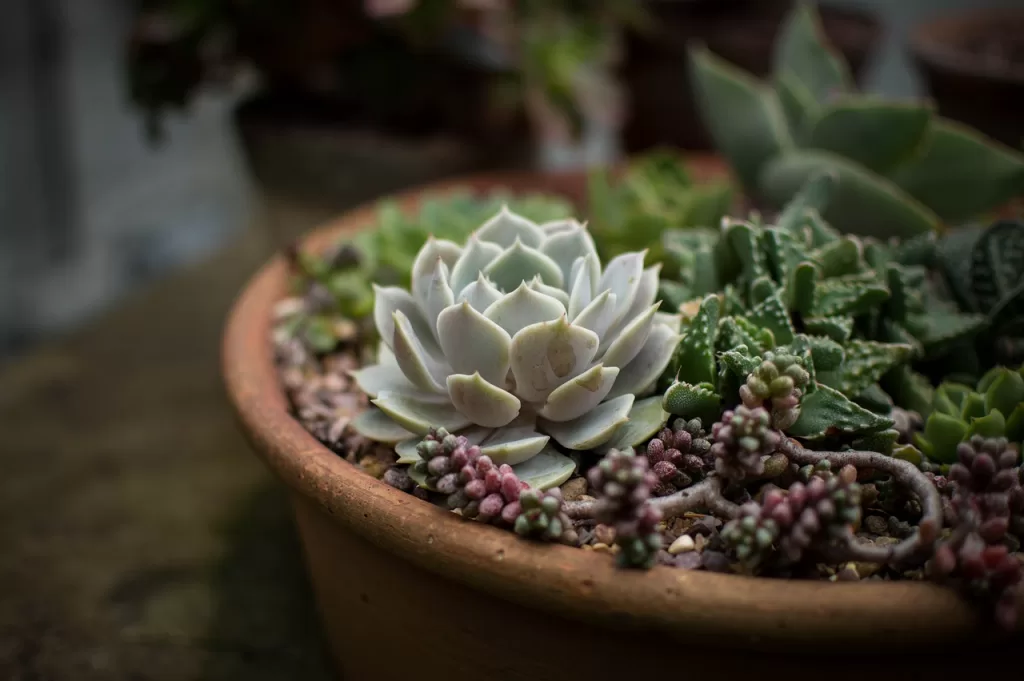
Vermiculite vs. Perlite vs. Biochar: What’s the Difference?
What is biochar? Perlite? Vermiculite?
Are perlite and vermiculite the same?
I work with beginning gardeners on a daily basis, but I see a lot of the same questions come up again and again. Vermiculite, perlite and biochar look similar and they have similar applications in the garden, so it’s no wonder why these products are often confused with each other. However, perlite, vermiculite and biochar are used a bit differently and only one of these amendments stands out for its earth-friendly nature and low cost!
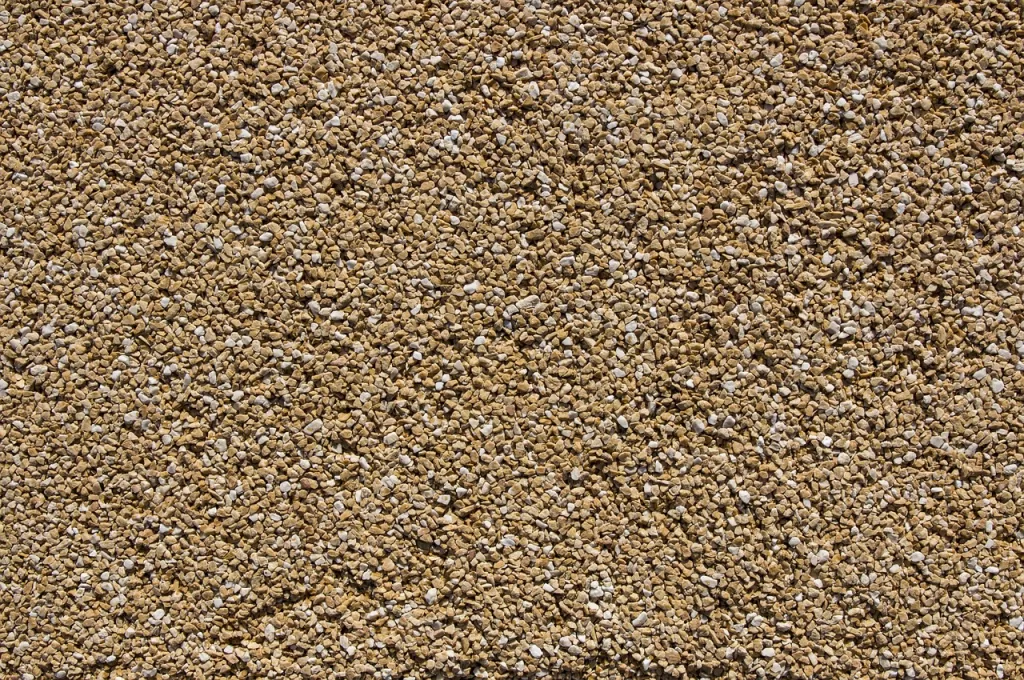
Vermiculite
Vermiculite is often included in store-bought seed starting mixes and potting mix blends, but you can also purchase organic vermiculite on its own and use it in your garden or in DIY seed starting mixes. Vermiculite is a mineral that’s similar to mica, but it is treated with extreme heat, which causes the vermiculite pieces to expand dramatically. Upon first glance, vermiculite is a pale tannish color, but if you look closer, you’ll notice that each piece of vermiculite contains layers and those layers help vermiculite lock onto water and aid with water retention.
Why use vermiculite for plants?
- It aids with water retention.
The most common reason why gardeners use vermiculite is to improve water retention in soils. Vermiculite grains have a sponge-like texture, which allows those grains to hold up to 16 times their weight in water and release water slowly to plant roots as needed. - It improves soil drainage.
While vermiculite grains hold onto water, those big pieces of vermiculite also allow water to trickle through soil with ease. Adding vermiculite can also help aerate soils and reduce soil compaction. - It enhances nutrient absorption.
Vermiculite attracts certain nutrients in the soil, such as magnesium, calcium and potassium, and it can make these nutrients more easily available to plants!
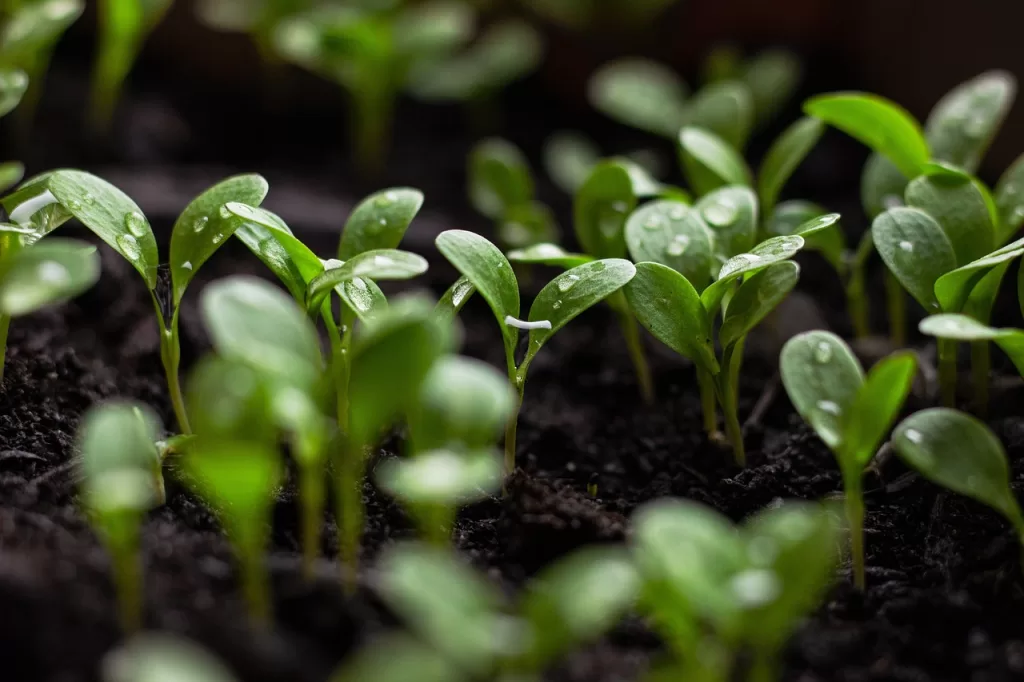
Drawbacks of vermiculite
- Other products are even better for soil aeration and drainage.
Although vermiculite does help to aerate soil and improve drainage, perlite and biochar do this even better! - It can make soils too soggy.
Some plants love moist soil, but other plants can develop root rot if they’re kept in damp conditions. Vermiculite is well-known for it’s ability to latch onto water, but in some cases, this may be “too much of a good thing.” - It’s not eco-friendly.
Vermiculite is not a renewable resource and it is produced through mining, which can impact the environment. What’s more, vermiculite is treated with extreme heat (which is usually produced by burning fossil fuels) and even more fossil fuels are used to transport vermiculite over long distances… from far flung mines to garden centers. If your goal is to create an earth-friendly garden, you may want to steer clear of vermiculite (you’ll find a more earth-safe option below!)
When to use vermiculite
Vermiculite is mostly used for plants that need a bit of extra water. So if you do decide to use vermiculite, you may want to add it to seed starting mixes or potting mixes intended for water loving plants. Vermiculite is also helpful when rooting cutting and it can be added to container gardens and outdoor beds in areas where soils dry out too quickly.
When not to use vermiculite
Vermiculite holds onto a lot of water, so it may not be the best choice for plants that don’t need much moisture (like cacti). For this same reason, you may not want to use vermiculite in conjunction with other water retaining materials (like coconut coir) unless you’re growing boggy plants.
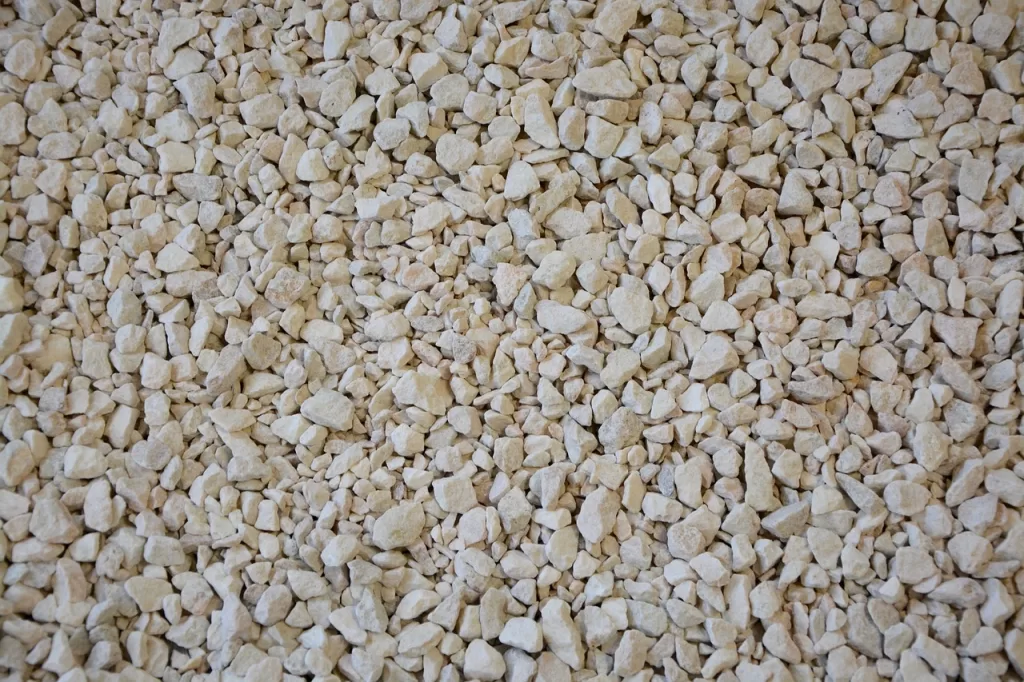
Perlite
If you look inside a bag of store-bought potting mix, you’ll probably notice little bits of white floating around, which many gardeners mistake for pieces of Styrofoam. However, chances are those bits of white are actually organic perlite, which is a natural product made by heating up a variety of volcanic glass until it pops like mini bits of popcorn. Perlite grains are white, lightweight and porous and they’re typically added to potting mixes for aeration and to improved drainage.
Why use perlite for plants?
- It improves soil drainage and aeration.
Perlite is mostly used for drainage purposes and it can help break up compact soils and boost air flow around plant roots. - Water retention.
Perlite grains are covered with tiny holes and pockets that help hold onto water and prevent plant roots from drying out.
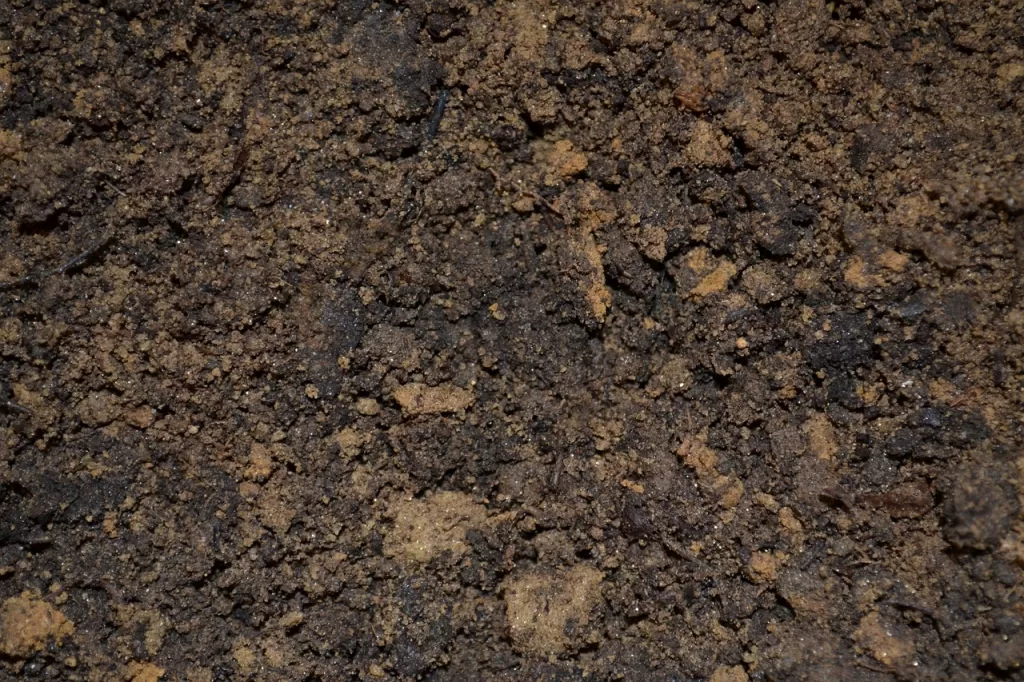
Drawbacks of perlite
- Other products are better for water retention.
Perlite can help soils stay moist longer, but it’s not as good at retaining water as vermiculite or biochar. - It’s not eco-friendly.
Like vermiculite, perlite is a non-renewable resource, it’s produced through mining processes and it’s also heated with extreme heat generated through the burning of fossil fuels. Perlite is also typically transported long distances, which also uses up fuel.
When to use perlite
Perlite is useful for improving drainage and it can be a (plant) lifesaver if you often overwater plants. Perlite is handy in potting mixes intended for succulents, cacti and other plants that don’t need much water, and it can also be used to counteract tough, compact or clay-heavy soils. If you dabble in hydroponics or enjoy rooting plant cuttings, perlite can be used for these purposes too (although there is a more eco-friendly option below!)
When not to use perlite
Because perlite boosts drainage, perlite may not be the best addition to soils that already dry out too fast.
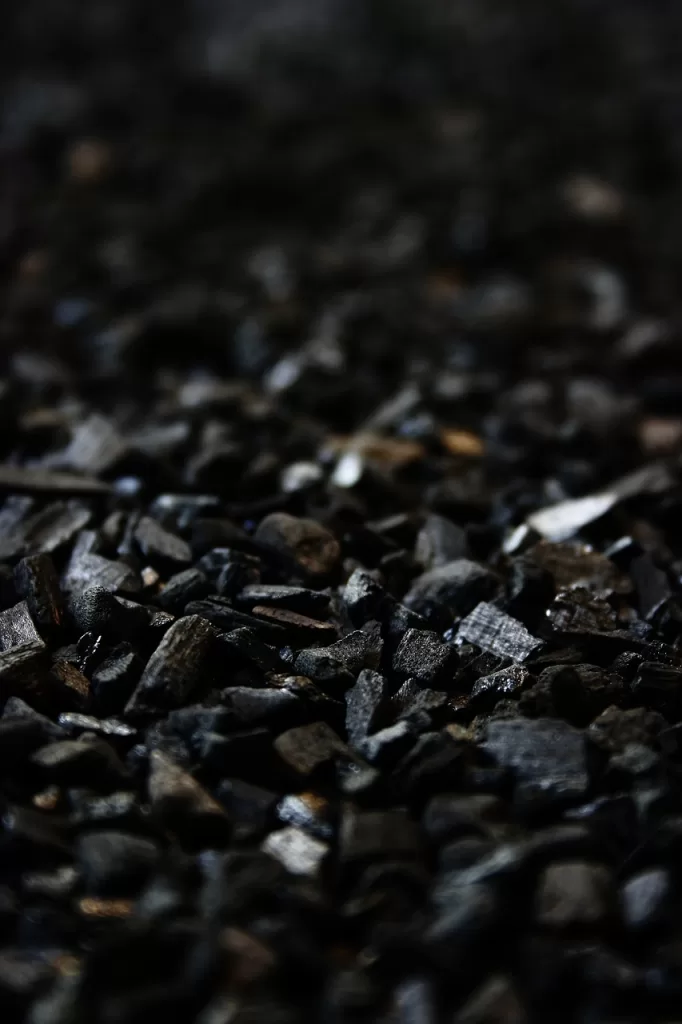
Biochar
Biochar is not as commonly used as vermiculite or perlite, although it’s been catching on of late. Biochar is essentially a high grade charcoal that’s produced by burning organic matter (typically agricultural or forestry waste… like timber and chicken manure) in a low oxygen environment. The resulting biochar is dark and highly porous and it’s often ground up into little chunks and added to potting mixes and garden soil for nutrient and water retention, aeration and drainage.
Why use biochar for plants?
- It’s eco-friendly!
Unlike vermiculite and perlite, biochar isn’t produced via mining and it can be made locally (so it may not need to be transported anywhere!) Burning agricultural and forestry waste to produce biochar limits waste in landfills and this process also releases energy, which can be captured for heat and electricity (also biochar is heated to a much lower temperature than perlite and vermiculite). On top of that, biochar sequesters carbon (it’s carbon negative!) and can help combat climate change. - It enhances drainage and aeration.
Pieces of biochar can be used to counteract compact soils and help them drain better. This is particularly useful in gardens that are packed with clay. - It improves water and nutrient retention.
Like vermiculite and perlite, biochar is extremely porous and it can retain water and nutrients like a sponge. Dry biochar is actually so good at absorbing things that it can rob soils of nutrients if it’s not preloaded. Luckily, “loading” biochar is super easy… just mix biochar with compost at a 1:1 ratio and allow the mixture to marinate for a few weeks before adding it to your soil. - It can balance soil pH.
Biochar has a slightly alkaline pH and it can be useful for counteracting acidic soils. - It can prevent plant diseases.
Biochar increases the activity of beneficial microorganisms in the soil and those microorganisms can help protect plants from a wide variety of plant diseases, including fusarium and nematodes. - It’s budget-friendly.
Unlike vermiculite and perlite, biochar doesn’t need a mining operation to make it. In fact, you can create your own biochar at home using wood and a fire-safe barrel!
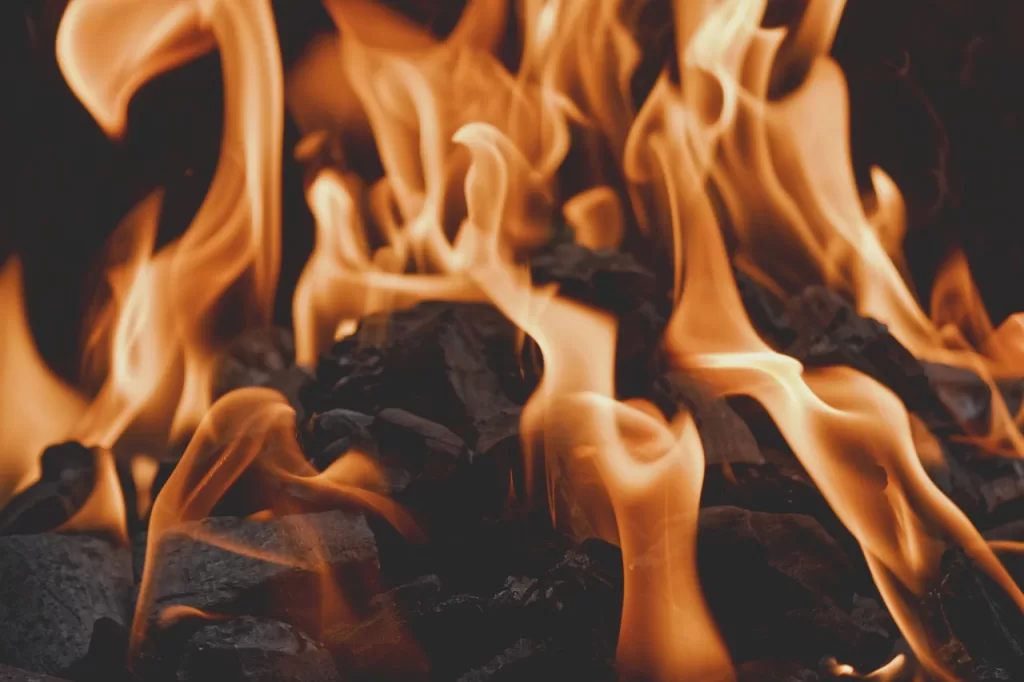
Drawbacks of biochar
- It’s not standardized.
The quality of biochar can vary significantly depending on how it’s made and the materials it’s made with. For this reason, if you’re interested in making biochar, be sure to follow a reliable tutorial! - It can steal soil nutrients if it’s not preloaded.
Biochar needs to be preloaded or charged before it’s added to gardens. Otherwise it will absorb soil nutrients and make them less available to plants. Luckily, biochar can be easily charged with compost, worm castings, worm tea, compost tea and aged manure.
When to use biochar
Charged biochar can be used in potting mixes and garden beds to boost soil drainage, water and nutrient retention and so much more. Biochar is a viable and eco-friendly alternative to both vermiculite and perlite and it can be used in DIY potting mixes and seed starting mixes as well. On top of that, biochar can also be used for rooting plant cuttings and it shows promise for hydroponics.
When not to use biochar
Due to its versatility, biochar soil can be used on most plants and it has a wide variety of gardening applications.
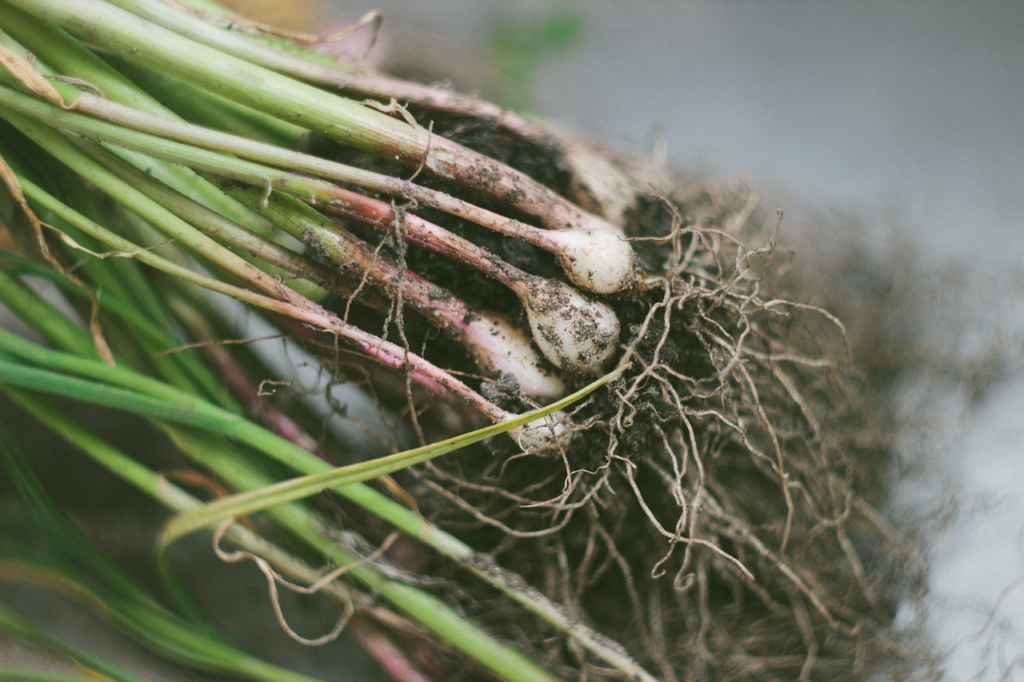
Frequently asked questions About Biochar Compost and Other Soil Amendments
Should I use perlite or vermiculite?
That depends. If you want soils to retain water, add vermiculite. If you want soils to dry out faster, add perlite.
Is biochar just ashes?
No, biochar is not the same as ashes and it isn’t “just charcoal” either. Biochar is created in a low oxygen environment via a process known as pyrolysis (instead of combustion). This creates a high quality biochar product, which is much more porous than charcoal and far more solid than ashes!
Can I substitute perlite for vermiculite?
Biochar can be substituted for both perlite and vermiculite, but perlite and vermiculite cannot be substituted for each other. Perlite is mostly used to improve soil drainage, while vermiculite is mostly used to boost water retention.
